Feature Shoot |
- 45 Astonishing, Abstract Aerial Images Found on Google Earth
- Photographer Comes Out to Her Parents, Documents the Process in Raw, Emotional Images
- Portraits Capture the Humanity of Primates
|
Posted: 19 Aug 2015 04:51 AM PDT
 Grand Canyon Village, United States  Iran  Rikaze, China In the fourteen years since Google Earth has redefined the map, using satellite and drone imagery, aerial photography, and government archived shots to chart and catalogue the world. Virtual travel is available with the click of a button, transporting us from Chile to China, Greenland to Antarctica, and back again. Earth View is an astonishing compilation of the most extraterrestrial preternatural landscape images archived on Google Earth, a selection of 1,500 hand-selected visions from every mappable location around the globe. Seen from the height of thousands of miles above ground, the manifold corners of our planet could not seem more sublime, singular, and worthy of our protection. We’ve selected forty-five of our very favorite images from Earth View to share here. All images from Earth View can be used as mobile or desktop wallpaper, and Google is also introducing a Chrome application that showcases a randomly-selected image with each new tab. 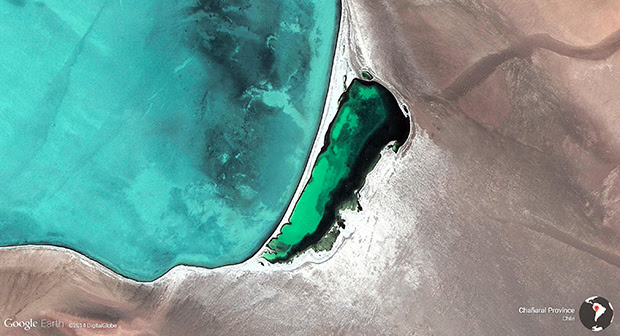 Chanaral Province, Chile  Ennedi, Chad 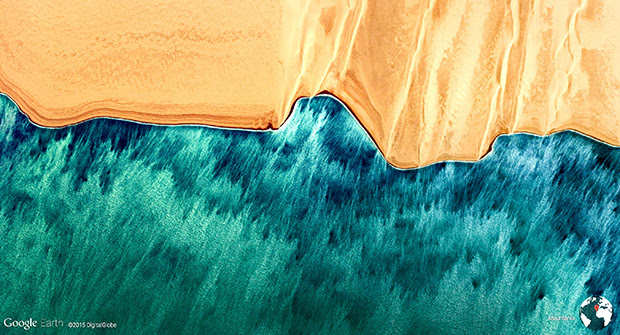 Mauritania 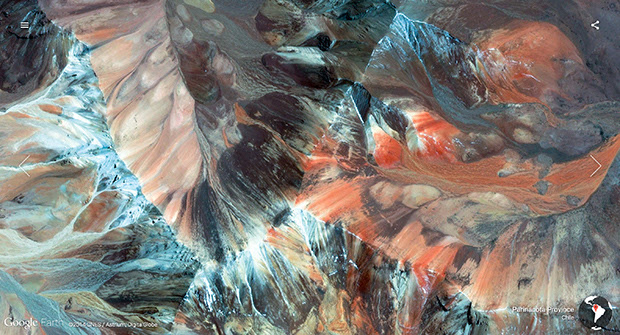 Parinacota Province, Chile  Gairdner, Australia  Alashan Meng, China  Antarctica  Kihei, United States  Faro District, Portugal  Murzuq, Libya  Crimea 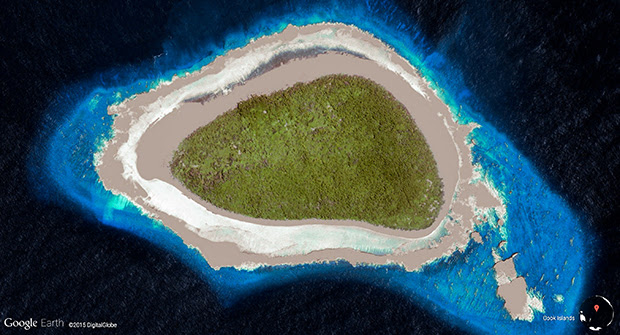 Cook Islands 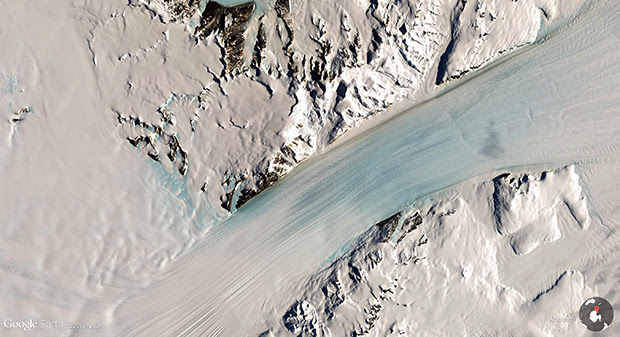 Antarctica 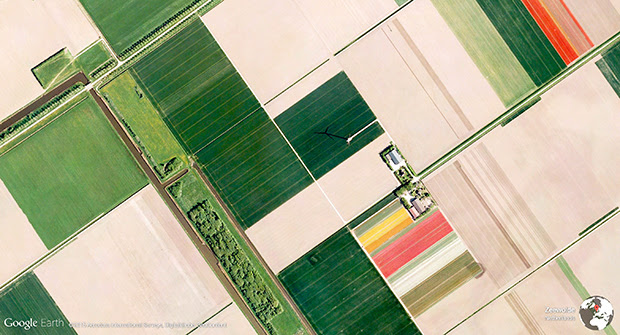 Zeewolde, Netherlands  Haixi, China  Moab, United States  Humahuaca, Argentina  Bockhorst, Germany  South Pacific  Loncopue Department, Argentina  Kumarina, Australia  Keenesburg, United States  Al Jawf, Libya 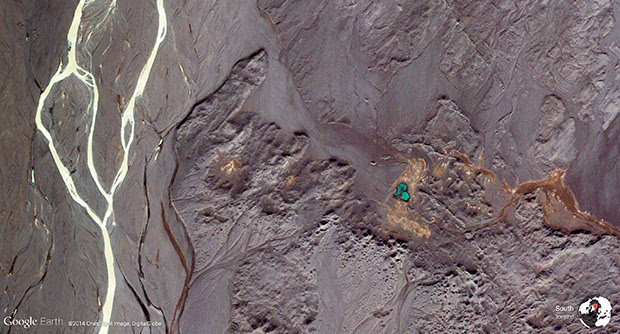 South Iceland  Marshall Islands  Port Hedland, Australia  Al Ahsa, Saudi Arabia  Taylor County, United States 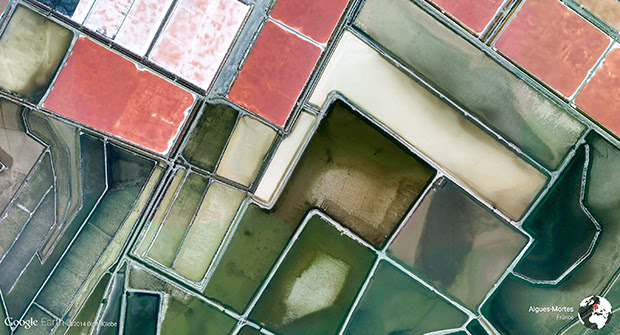 Aigues-Mortes, France  Antarctica  Dorie, New Zealand  Ngari, China  Ciudad Nezahualcyotl, Mexico  Birjand, Iran  Faiyum, Egypt  Kerman, Iran  Le Grau-du-Roi, France  The Minquiers  Beas, Spain  Qesm Siwah, Egypt 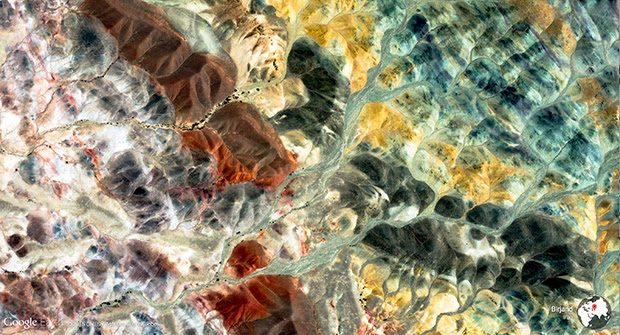 Birjand, Iran via design you trust The post 45 Astonishing, Abstract Aerial Images Found on Google Earth appeared first on Feature Shoot. |
|
Posted: 18 Aug 2015 09:24 AM PDT
 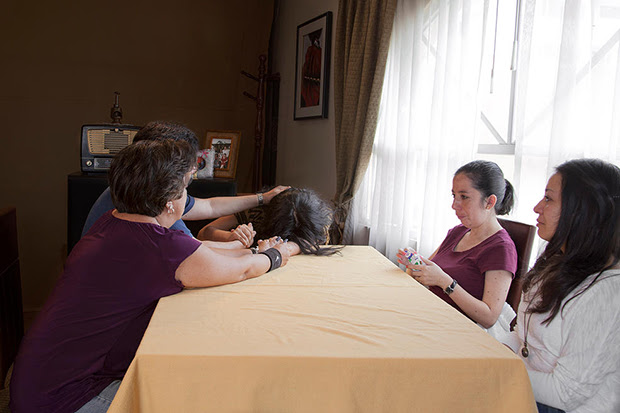 Throughout her life, London-based photographer Paola Paredes has on a few occasions found herself on the precipice of coming out to her parents, but it was only recently that she sat down with her sisters to tell her mother and father, “I’m gay” as three cameras captured the entire experience and discussion, which lasted three hours. Paredes was raised in Ecuador, where her parents still live, under the guidelines of devout Catholicism. She recognized hints of her sexual orientation since childhood, when she was an alter girl and listened to priestly sermons denouncing homosexuality as morally wrong. She overheard family friends gossiping—aghast—about lesbians kissing in public, and she watched as her parents nodded along in affirmation of their judgements. Although the photographer was seized by panic whenever she attempted to disclose the truth to her parents, she did confide in her sisters. At some points along the way, she felt resigned to the fact that she might never be able to share the details of her relationships, triumphs and heartaches with her mom and dad. It was the concept of photographing the event that ultimately motivated her to take the leap. Unveiled, the series that resulted from the conversation, is the tip of the iceberg when it comes to the emotional and technical preparations that went into photographing Paredes’s coming out. Weeks prior to her visit to Ecuador, she printed photographs of her parents and covered her walls with them in hopes of feeling safe, comfortable, and familiar with their faces. She lived with them for a while and documented their daily routines so that they might also feel comfortable with the cameras. She studied film stills of families arranged around a dinner table, and had a special table made and moved into her parents’ living room to suit the angles of the three cameras, whose shutters were set to release automatically every five seconds. By the time Paredes finally set her family around the table, the cameras hardly seemed odd or out of place. Everything unfolded organically, and of the thousands of frames captured in those few hours, only one pictures someone looking directly into the lens. Although the photographer admits that it was an emotional experience, her parents were loving and accepting. That had had their moments of suspecting that she was gay, but they waited for her to tell them when she felt the need to do so. In Ecuador, where less than twenty years ago homosexual acts were punishable by up to eight years in prison, learning to understand and to accept a gay family member can be difficult; many children are disowned after coming out. For Paredes, it turned out differently; it’s going to take time, but her parents have gotten past the cultural stigma to see their daughter for the person she is. When she showed them Unveiled, the photographer’s mom and dad were moved anew; their love hasn’t changed. 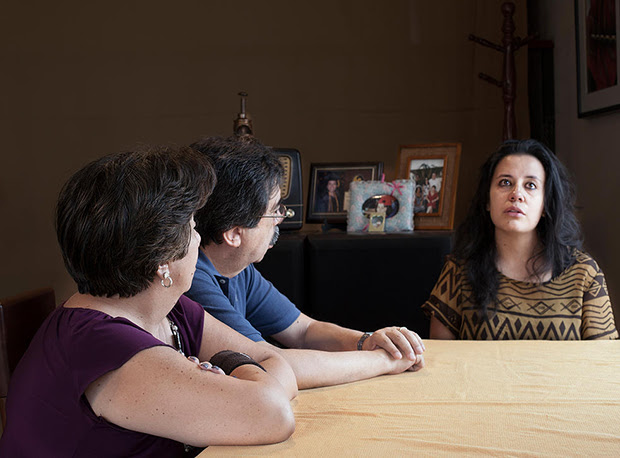   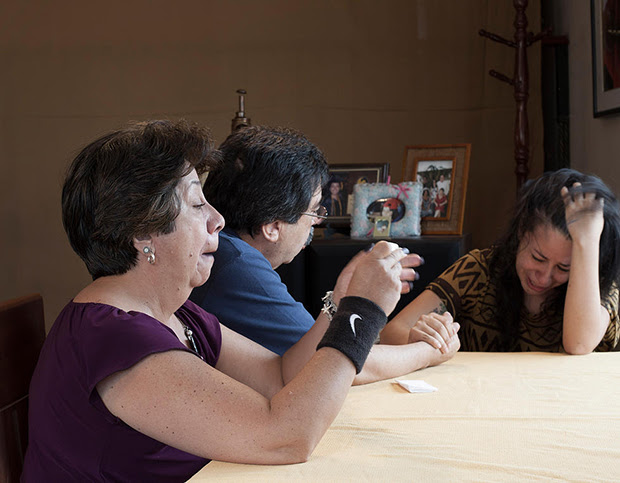    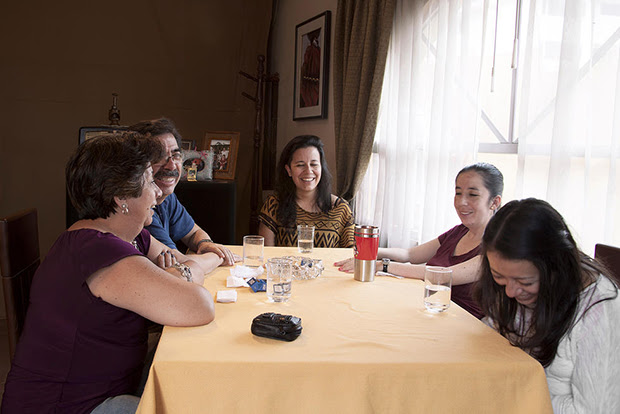 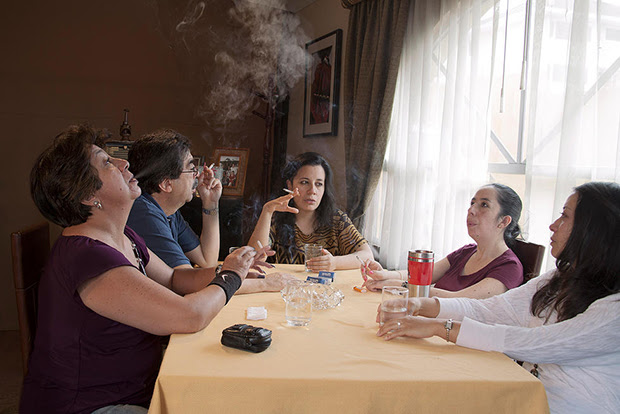  All images © Paola Paredes via Fotografia Magazine The post Photographer Comes Out to Her Parents, Documents the Process in Raw, Emotional Imagesappeared first on Feature Shoot. |
|
Posted: 18 Aug 2015 07:00 AM PDT
  As the single male gorilla amongst five females housed together at the Berlin Zoo, Ivo the silverback familiar to many throughout Europe for his rare and curious response to the throngs of visitors that pass by his run. The twenty-something-year-old animal has yet to find a mate and spends much of his days colliding with and hammering upon the glass that separates him from spectators. Sometimes, he’ll simply gather toss rocks at the crowd until they disperse in fear. Meeting Ivo, says Warsaw-based photographer Pawel Bogumil, marked the beginning of what would become inHUMAN, a series that has lead him to conclude that although they may not be human, apes are— in the most essential sense— people. Over the past few years, Bogumil has traveled to more that fifteen zoos throughout Europe in search of the mannerisms that evidence the potential for acute feeling and understanding amongst our fellow primates. Apes, says the photographer, are as expressive as human beings, and emotions can be read clearly across their visages. During one trip, he saw a woman open her compact to reveal a mirror into which one chimpanzee stared transfixed. On another visit, this time to Vienna, the photographer encountered an orangutan who repeatedly signaled for him to raise his hand so that he might inspect it alongside his own. Some of the individuals he encountered in Germany were therapy animals for people suffering from mental disabilities, and the serenity and gentleness of the creatures seemed to comfort those will special needs. Only in a zoo in Warsaw was the photographer able to gain access beyond that given to his fellow zoo-goers. Here, he met M’Tonge, a gorilla who had forged a strong bond with one of the women who cared for him. Their friendship, he explains, was just as it would be were it between two humans; the gorilla was fiercely protective of the woman, and Bogumil made sure to stay a few feet from her at all times to ensure that he wasn’t misconstrued as a threat. M’Tonge was interested in the photographer’s activities, and he expressed quite a bit of interest in looking at his portraits. In order that he not upset the light-sensitive creatures, Bogumil shot only with available light, and he remained a safe distance from each individual so as both to ensure that he wasn’t perceived as dangerous and to prevent the spread of any human-borne infections to the animals. When asked about the ethics of housing primates in zoos, Bogumil is hesitant to say whether or not the animals can live happily in captivity. He’s witnessed zoos that confine apes within deplorable, or as he puts it, “nightmarish,” conditions, but he’s also seen primates housed within large, rainforest-like environs in which they can roam more freely. In the majority of cases, he’s noticed that the animals are treated mainly as a spectacle or a form of entertainment; when walking past, few visitors to the zoo give significant thought to the sensitivities and feelings of the creatures they observe. Ultimately, Bogumil hopes to make images that occlude the zoo environment and hone in instead on the expressions and characters of his primate subjects. Someday, he dreams of meeting apes in their natural, wild habitats, free from the confines set by mankind.         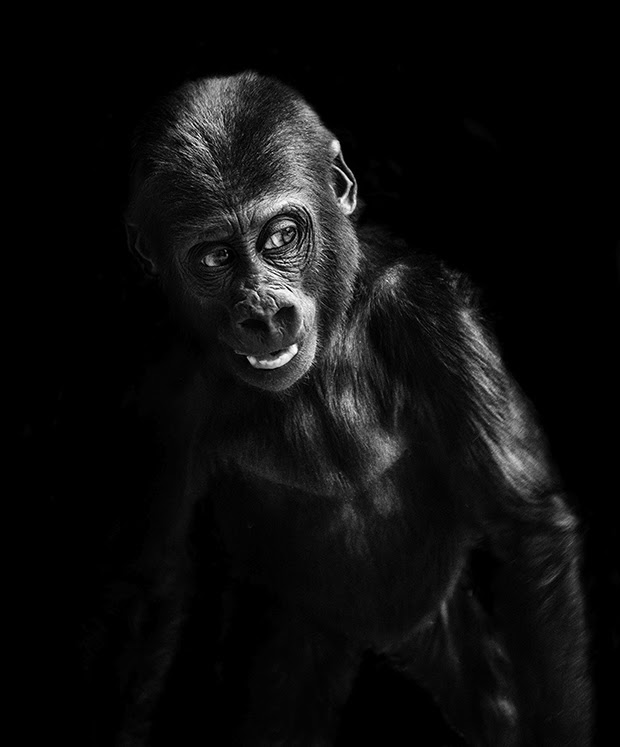           All images © Pawel Bogumil via LensCulture The post Portraits Capture the Humanity of Primates appeared first on Feature Shoot. |
